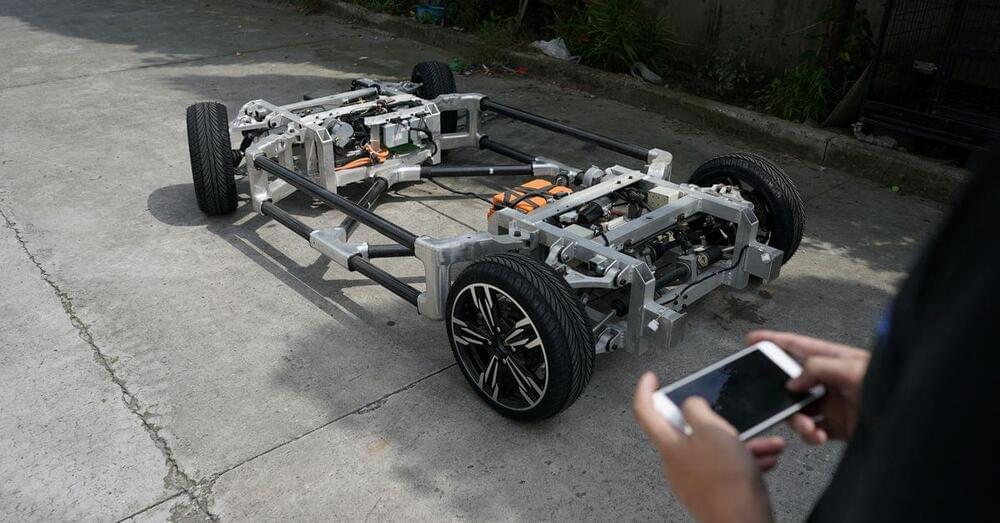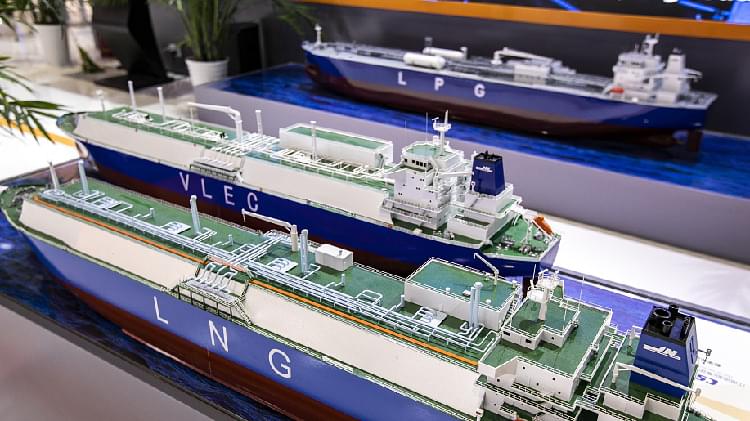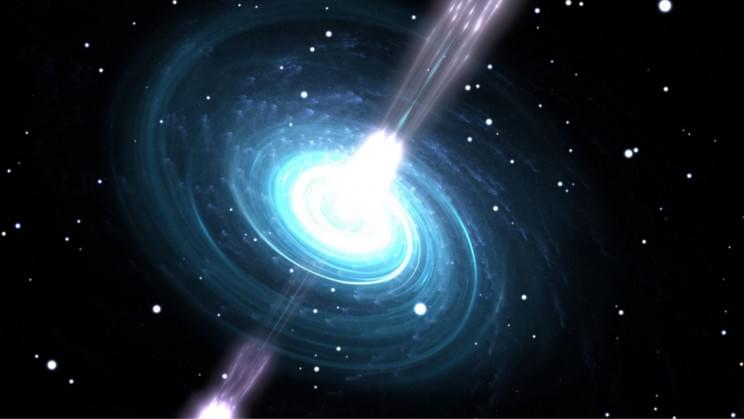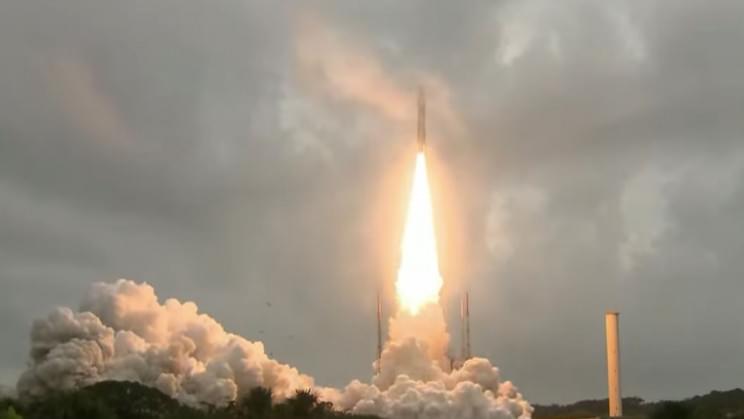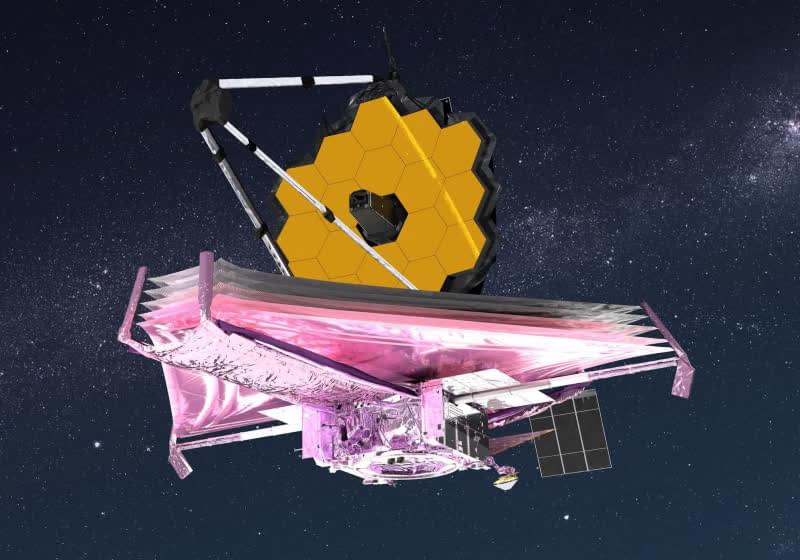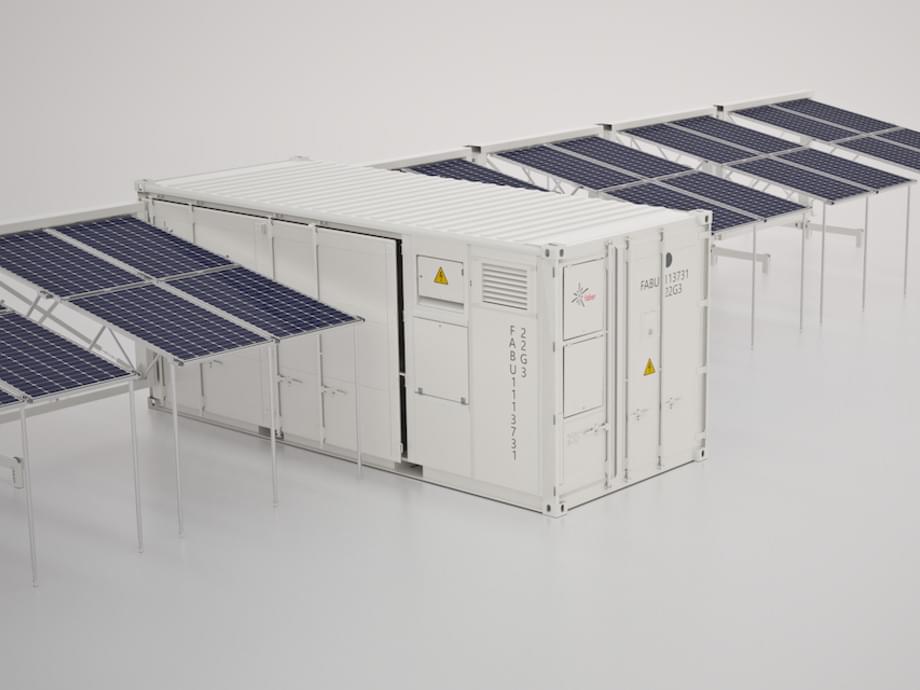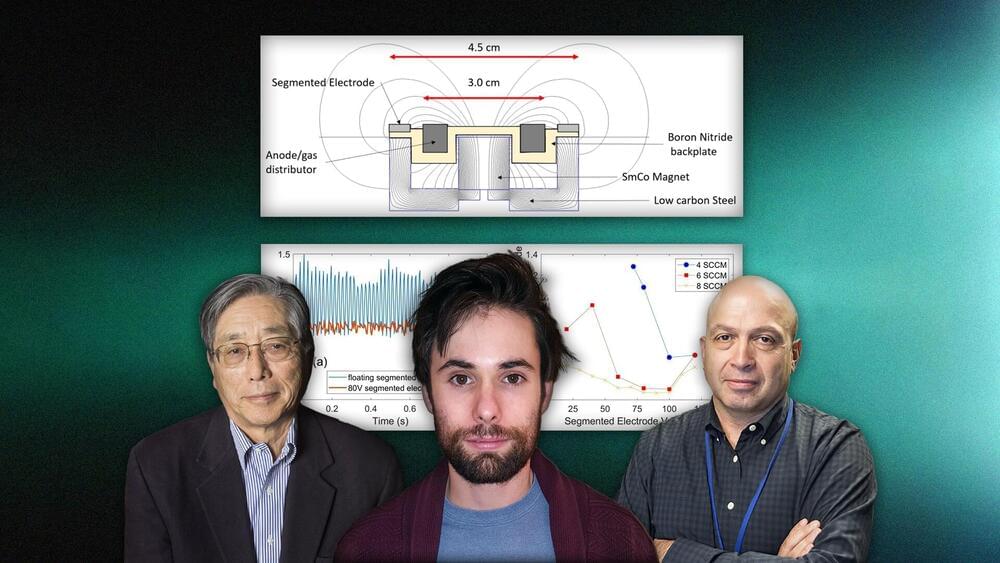China has cheap labour and huge market so still EV companies will invest in China.
BEIJING, Jan 1 (Reuters) — China will cut subsidies on new energy vehicles (NEVs), such as electric cars, by 30% in 2022 and withdraw them altogether at the end of the year, the Finance Ministry said on its website on Friday.
The ministry had said in April 2020 that NEV subsidies would be cut from 2020 to 2022 by 10%, 20% and 30%, respectively.
For NEVs for public transport, subsidies would be cut by 10% in 2021 and by 20% in 2022.
